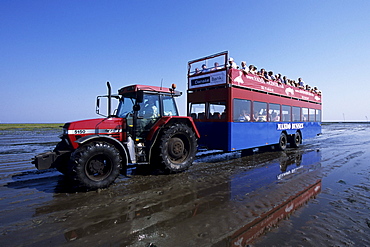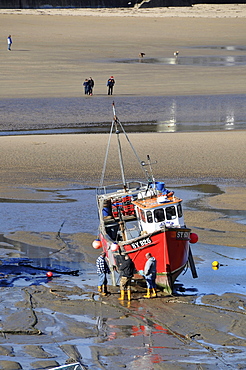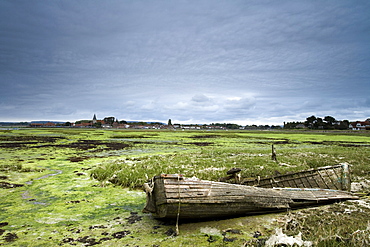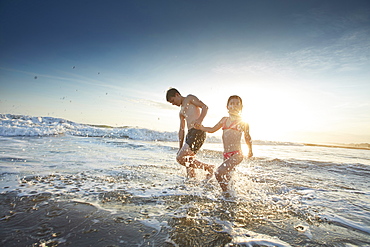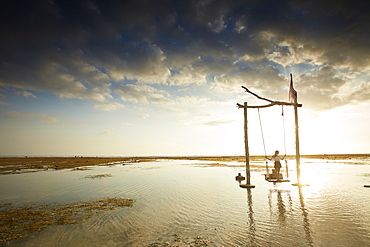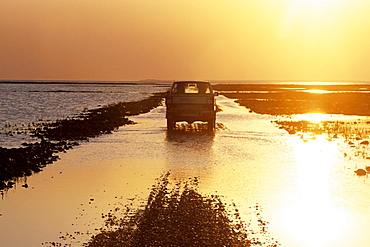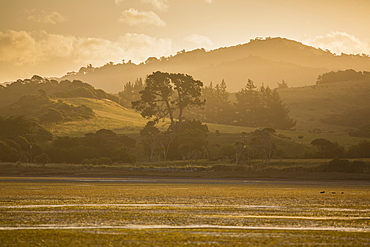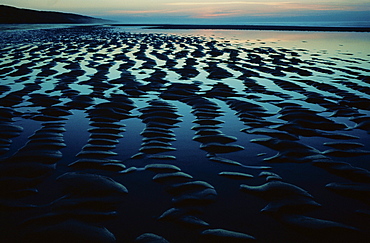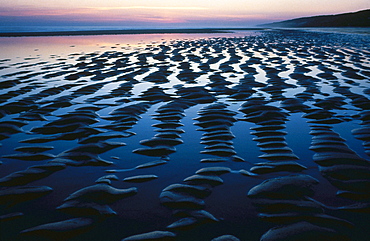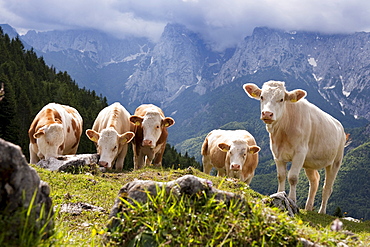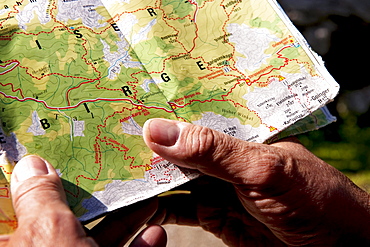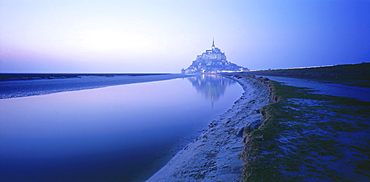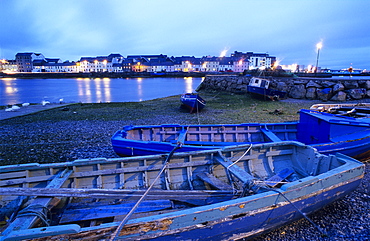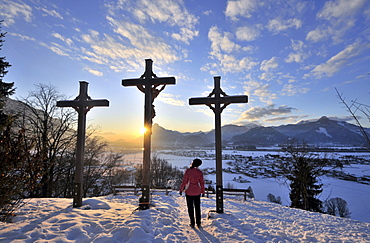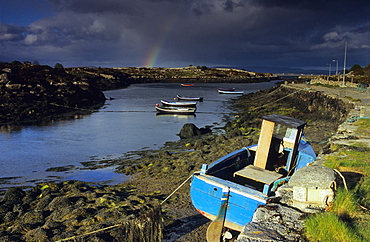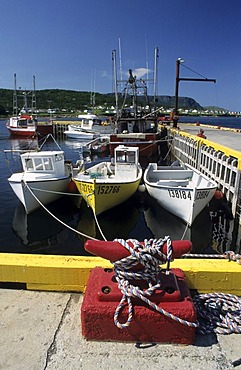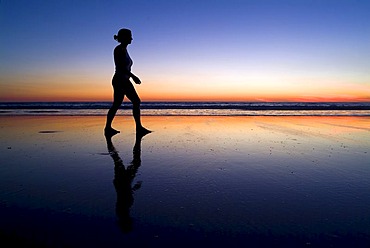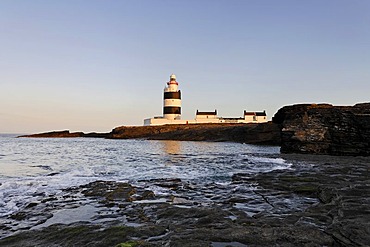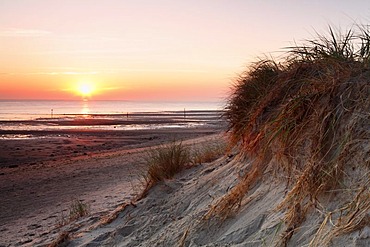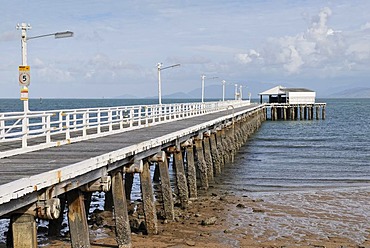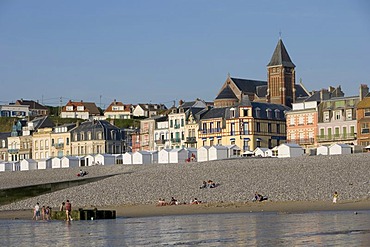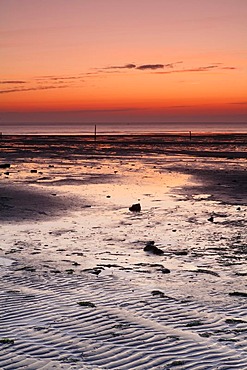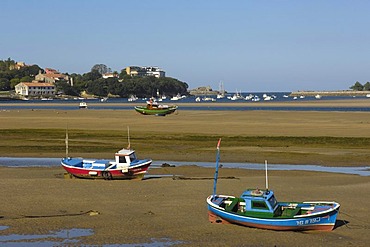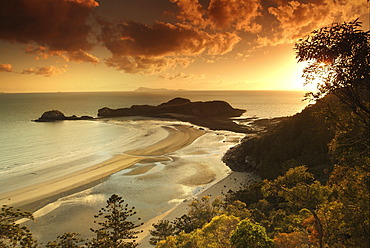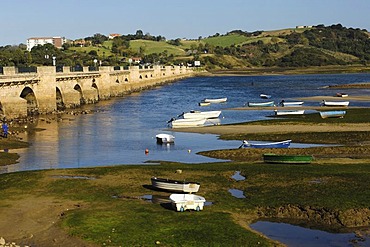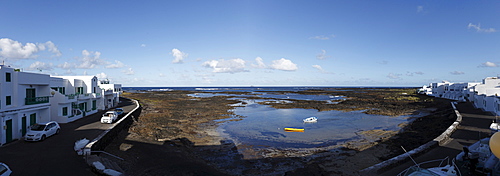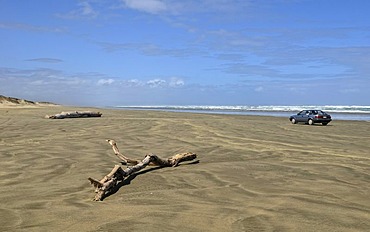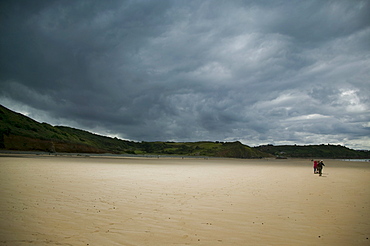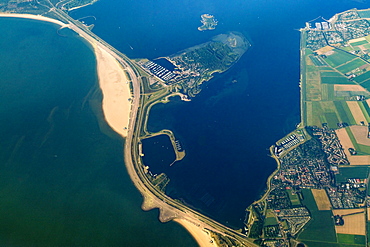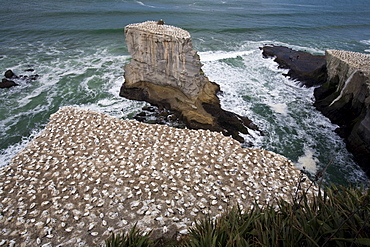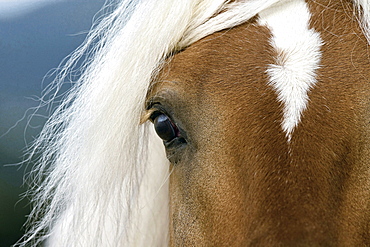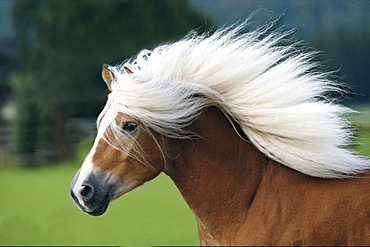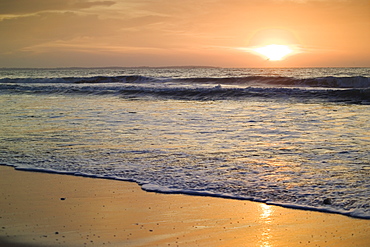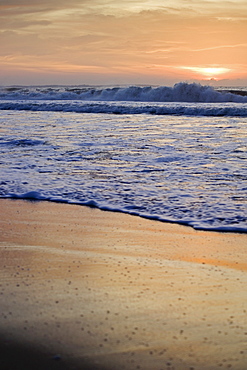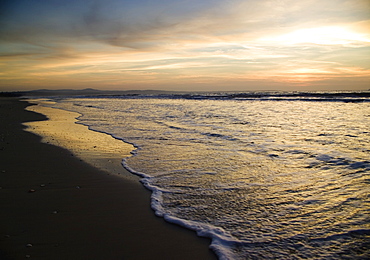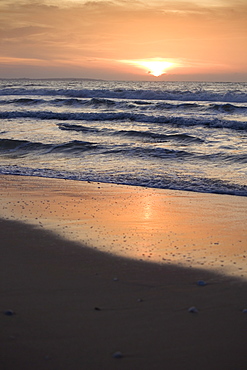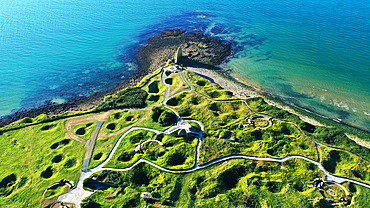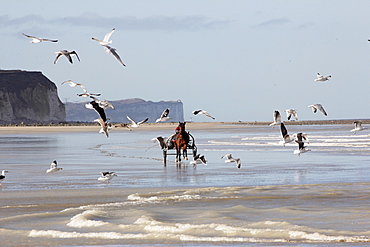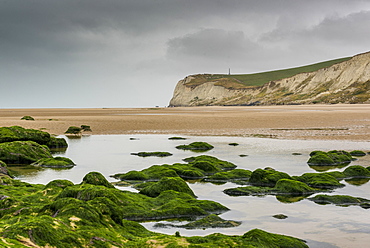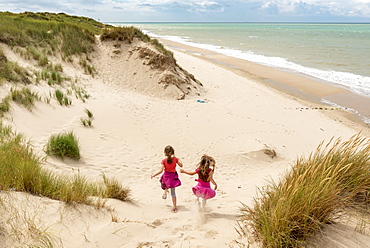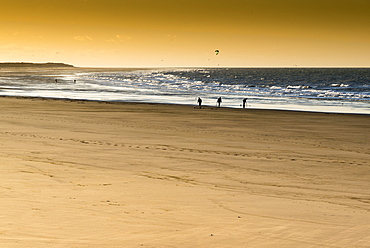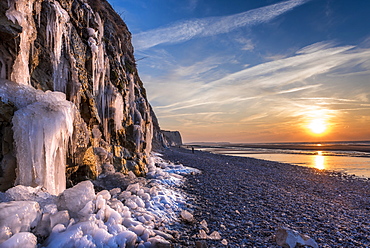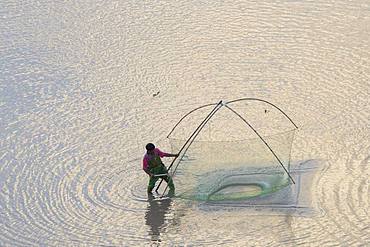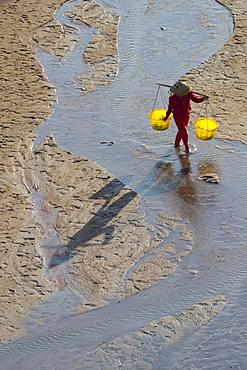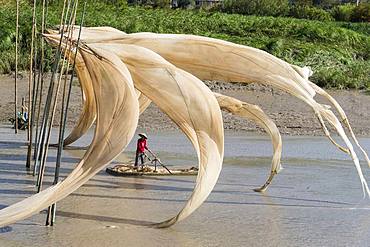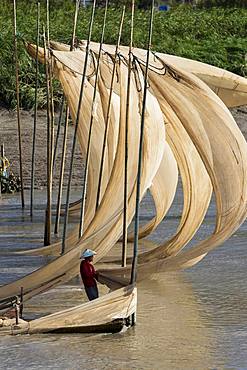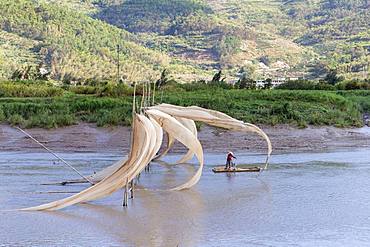Results
1 results found
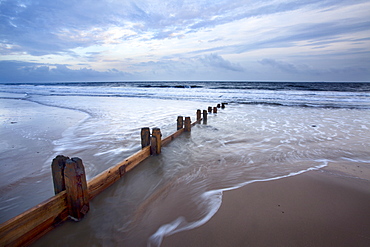
Groynes and receding tide on Alnmouth Beach at dusk, Northumberland, England, United Kingdom, Europe
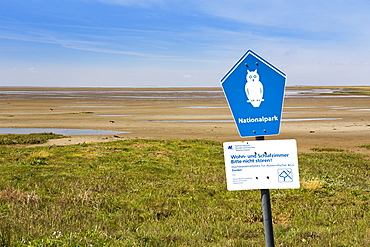
Mudflats at low tide with oystercatchers, Juist Island, Nationalpark, Unesco World Heritage Site, North Sea, East Frisian Islands, East Frisia, Lower Saxony, Germany, Europe

Horse-Drawn Carriage Ride to Island Neuwerk, National Park Hamburgisches Wattenmeer, Germany00058519
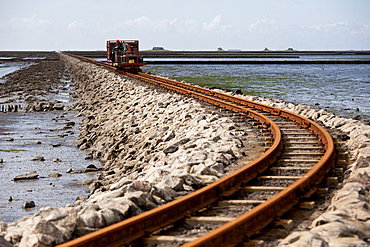
Narrow-gauge railway Feldbahn to Nordstrandischmoor, Beltringharder Koog, Luettmoorsiel, Nordstrand, Schleswig-Holstein, Germany

Horse-Drawn Carriage Ride to Island Neuwerk, National Park Hamburgisches Wattenmeer, Germany00058520

Horse-Drawn Carriage Ride to Island Neuwerk, National Park Hamburgisches Wattenmeer, Germany00058521

Couple watching the sunset, Schleswig-Holsteinisch Wadden Sea National Park, Husum, Schleswig-Holstein, Germany
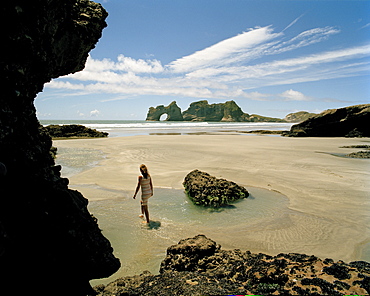
Woman walking through tidal pools at lowtide at Wharariki Beach, northwest coast, South Island, New Zealand
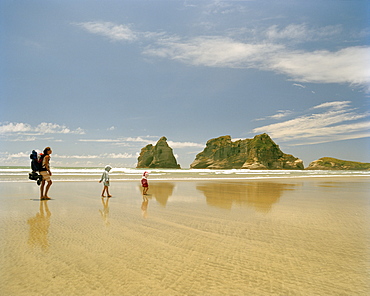
Mother with children hiking through shallow water, Wharariki Beach, northwest coast, South Island, New Zealand
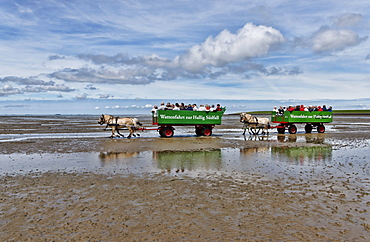
Journey over the mudflats towards Hallig Suedfall, Fuhlehoern on North Beach, Wadden sea, Schleswig-Holstein, Germany

A man on shore of Awaroa Inlet at sunset, Abel Tasman National Park, North Coast, South Island, New Zealand
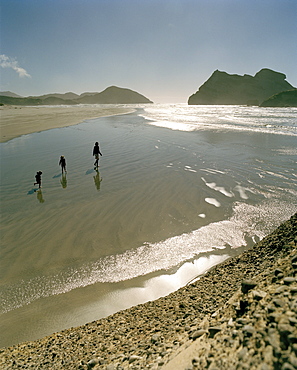
Mother with children on the beach at lowtide, Wharariki Beach, northwest coast, South Island, New Zealand

Algae-covered rocks at low tide and houses in the Seatown area of Gardenstown, Banffshire, Scotland, United Kingdom, Europe

Algae-covered rocks at low tide and houses in the Seatown area of Gardenstown, Banffshire, Scotland, United Kingdom, Europe
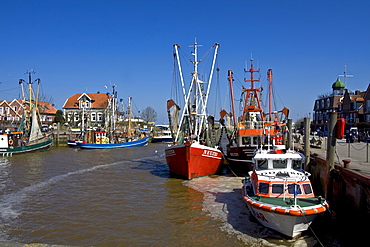
Fishing boats in Neuharlingersiel harbour, East Frisia, Lower Saxony, North Sea Coast, Wadden Sea, Germany, Europe
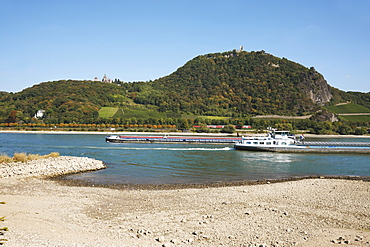
Cargo ships on the Rhine river at low water, river bed, Mt. Drachenfels, between Mehlem and Rolandswerth, North Rhine-Westphalia, Germany, Europe

Low tide in the Wadden Sea, Duhnen district, North Sea resort Cuxhaven, Lower Saxony, Germany, Europe
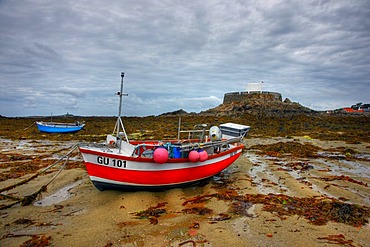
Fort Grey, now a museum, boats lying dry on the seabed at low tide, Rocquaine Bay, Guernsey, Channel Islands, Europe
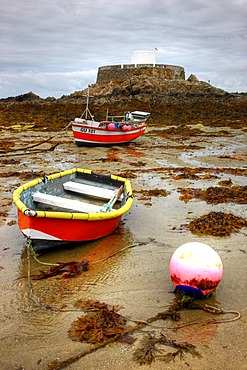
Fort Grey, now a museum, boats lying dry on the seabed at low tide, Rocquaine Bay, Guernsey, Channel Islands, Europe
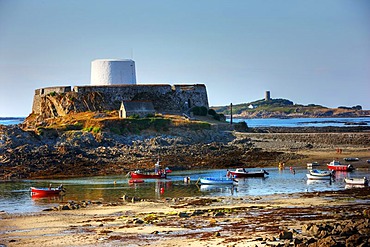
Fort Grey, now a museum, boats lying dry on the seabed at low tide, Rocquaine Bay, Guernsey, Channel Islands, Europe

Traditional district, slum with stilt houses on the mangrove banks of the Pacific coast at high tide, Buenaventura, Valle del Cauca, Colombia, South America
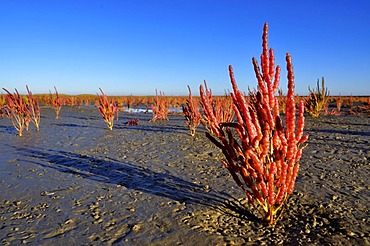
Saltwort tidal flats, pioneer vegetation, salt marsh vegetation (Salicornia), red in autumn, Norderfriedrichskoog tidal flats, Nationalpark Schleswig-Holsteinisches Wattenmeer, Schleswig-Holstein Wadden Sea National Park, Eiderstedt peninsula, North Fries

Coastal protection, concrete bank protection of the dike, North Coast, North Friesland, Schleswig-Holstein, Germany, Europe
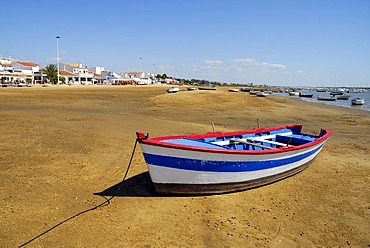
Boat at the Rio Piedras river, ebb tide at the beach in El Rompido, Cartaya, Costa de la Luz, Huelva region, Andalucia, Spain, Europe
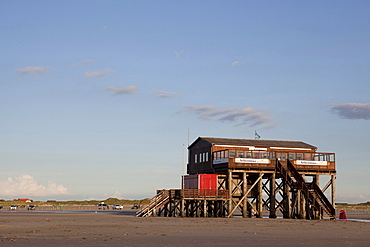
Cafe and restaurant Silbermoewe, stilted house on the beach, North Sea, St. Peter-Ording, Schleswig-Holstein, Germany, Europe
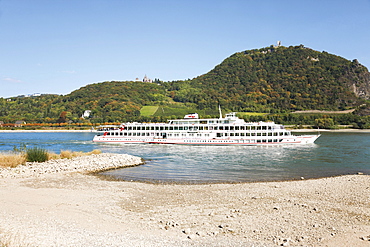
Excursion ship of the KD on the Rhine river at low water, river bed, Mt. Drachenfels, between Mehlem and Rolandswerth, North Rhine-Westphalia, Germany, Europe

parallel rock formations on sea shore in tidal zone of sea outdoors La Rasa Mareal flysch cliffs algae alga algal growth Basque Country Spain Europe
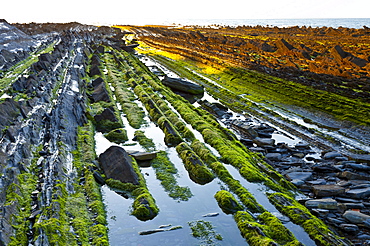
parallel rock formations on sea shore in tidal zone of sea outdoors La Rasa Mareal flysch cliffs algae alga algal growth Basque Country Spain Europe
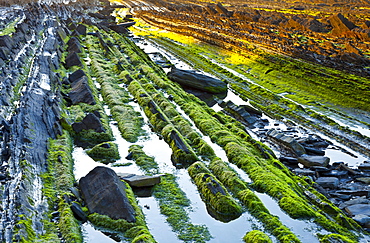
parallel rock formations on sea shore in tidal zone of sea outdoors La Rasa Mareal flysch cliffs algae alga algal growth Basque Country Spain Europe
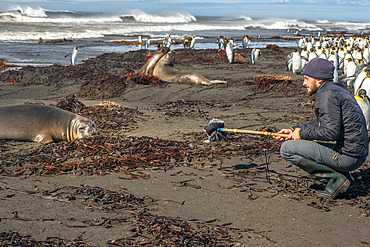
Sound recording of elephant seals (Mirounga leonina). Ratmanoff king penguin colony, Courbet peninsula, Kerguelen archipelago.

King penguins (Aptenodytes patagonicus) and rainbow. Ratmanoff king penguin colony, Courbet Peninsula, Kerguelen archipelago.
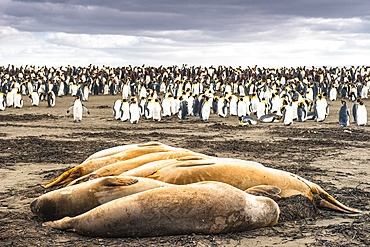
King penguins (Aptenodytes patagonicus) and elephant seals (Mirounga leonina). Ratmanoff king penguin colony, Courbet peninsula, Kerguelen archipelago.
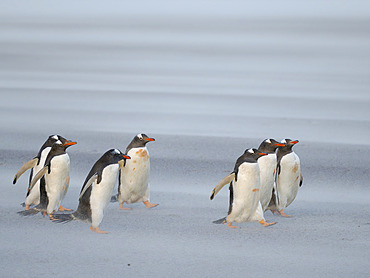
Gentoo Penguin (Pygoscelis papua) during early morning on the way to the sea. South America, Falkland Islands, Saunders Island
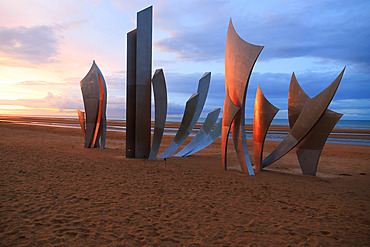
Les Braves monument on the Omaha Beach site in the commune of Saint-Laurent-sur-Mer in Calvados, Normandy, France

Girl throwing a plastic waste in a tidal bin on a beach on the Opal Coast, summer, Pas de Calais, France
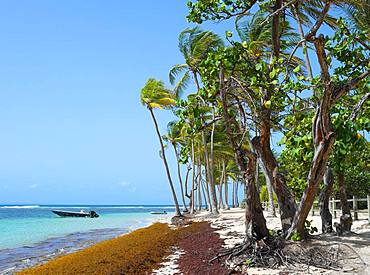
Club Med or Caravelle Beach affected by the arrival of a bench of Sargasso, municipality of Saint Anne, Guadeloupe, French West Indies
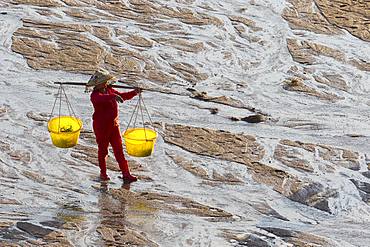
Fisherman on foot, harvesting shells, wearing a yoke with two buckets, Woman, Xiapu County, Fujiang Province, China

